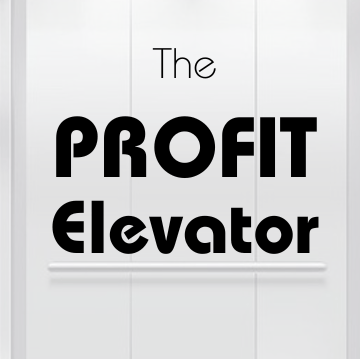
How to fund growth
Here is a simple guide to funding a new business:
VC funding if you have heavy R&D or set-up costs
Angel funding if you build before you sell
Bootstrapping if you generate cash.
What may go wrong
VC-funded startups build first. They hire engineers and managers, and buy equipment and supplies. They may market their idea but selling is secondary.
This is the most common way that all new businesses operate. They build a product and then try to sell it. Spending on sales and marketing depends on how much money is left after building. There is scant consideration of whether this is the right amount.
Such an approach creates silos. Sales people are not part of the initial team and are treated with suspicion. If the product does not sell they are replaced.
This describes a startup I worked with recently. It burnt investors’ cash on hiring people to develop product. The assumption was it would sell. The evidence was that it didn’t, but the founder responded by blaming a series of sales people who came and went.
The looming bankruptcy forced a change. Without any more of other people’s money, the founder pivoted to behaving like a bootstrapper.
What to do instead
All businesses require startup capital but this needn’t be a lot. I met a founder this year who launched his idea on Instagram and attracted paying customers with content. The cash from sales allowed the business to expand to new channels. The firm now employs over 40 people.
Another approach is a direct pitch to potential clients. This might be a slide deck, a wire frame, a video simulation, or MVP (minimum viable product). Build the product only after confirming demand. Potential clients may be part of a paid pilot, or invest in the product.
Do not fall into the trap of believing you’ve made it. Overbuilding product features, expanding the office, or hiring too many people are common errors at this point. How do you know how much to spend?
Link costs to revenue
Budgets for fast-growing businesses are notoriously unreliable. Be sure to apply a healthy contingency to your projections. For example, budget to spend 20% less than the cash you expect. This will cover production delays, late payments and unexpected bills.
It is a mistake to have an annual budget and update it quarterly. Businesses that do, make hires based on yearly projections and find out after six months that sales are disappointing. They cut back on marketing and make matters worse. Ultimately they let people go.
Instead, attach a revenue figure to everyone you hire. Aim to generate at least five times their cost. Put sales people together with those producing the product. The sales target of this team is at least five times the total staff costs.
Now set clear targets for non-sales people. Their job is to ensure that sales are fulfilled and their goals must map to expected revenue.
An Example
A founder hires a team to design, build and sell a fitness app. The team costs $50,000 per month. The sales quota is $250,000, with incentives for selling more.
This revenue requires 20 pieces of marketing content. The first feature must ship after a month, allowing the engineers two sprints to deliver. Sales, marketing and engineering have targets and they divide them into daily goals.
Market research reveals demand for a map of urban walks with a step counter. The designer has one week to mock this up. Thereafter, they wireframe new features for testing. These are a heart rate monitor, cycle routes and places of interest. The most popular becomes the next feature.
The aim of bootstrapping is to generate cash to fund growth. If this fails, the founder checks that everyone delivered their goals. If so, the goals must change and overheads may need reducing.
Growing a business is trial and error. You reduce errors by linking the cash you spend to revenue.
I'm Simon Maughan and I write The Profit Elevator as a guide for B2B firms seeking faster growth. Managing finances is in the Commercial Codebook of my P.R.O.F.I.T. Through Process Programme.
If you found this letter valuable, please share it with a colleague and a friend.
